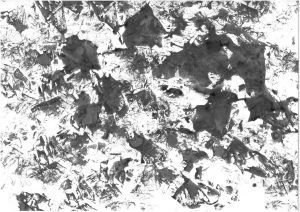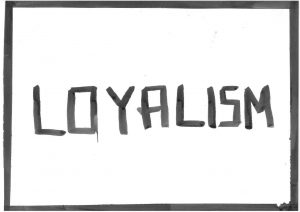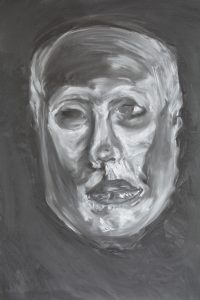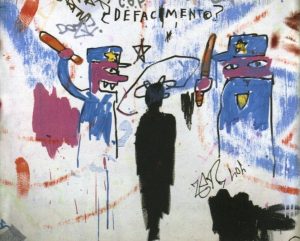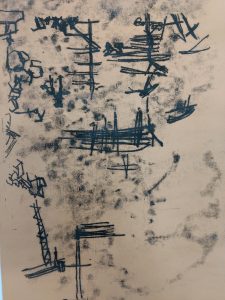For my Manifesto project I decided to present it by projecting it onto a wall. This ended up making its scale quite large, the benefit of this being that it was eye catching and could be seen from a distance. However as it was a video it could be scaled down very easily, therefore it could be scaled down to a monitor or even a phone screen. As it was a manifesto this benefits it also as this ease of viewing could allow a lot more people to view it and receive the message.
I believe the positives of reducing the scale on a video is that it really makes the viewer come closer. Ths engagement normally means they’ll be paying more attention to the work, especially on a screen as small as most smartphones. On the other hand the large scale makes work more dramatic, this almost overwhelming nature can really grab the viewer. I believe the best medium for this work would to have a large scale projection in an exhibition space but to have a copy on a website so that it could circulate and be viewed at a smaller scale on a range of devices and therefore circulate.